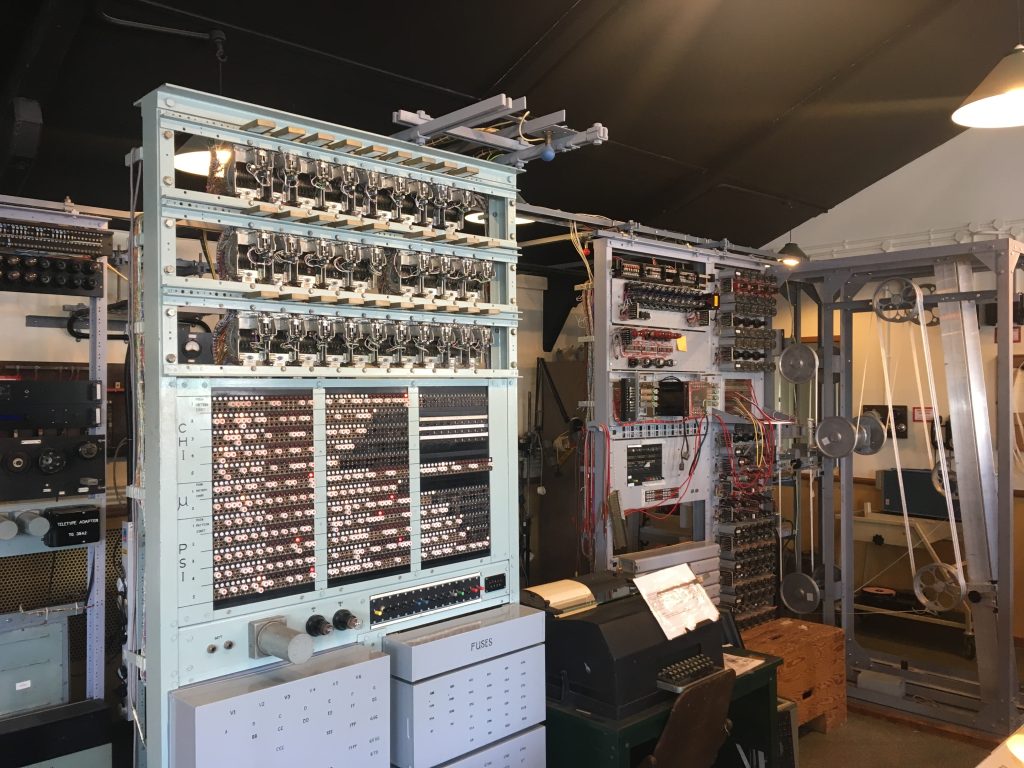The Always Increasing Semiconductor Speed
Photo by Farai Gandiya on Unsplash Semiconductor speed is dependent on performance characteristics. These characteristics define the operating states and how fast or slow the silicon-based system will operate. Over the last five decades, the semiconductor speed has only increased exponentially. Consider the example of the CPU core. Today, the latest generation CPU has a clock speed of 4.3 GHz, which executes 4.3 billion cycles per second. Such performance is a crucial factor in the development of widely deployed advanced and complex applications. Speed: Silicon Speed Is Vital In Driving Different Types Of Use Cases. Impact: Operating Features Are Key In Enabling New Types Of Semiconductor Products. Semiconductor speed is dependent on several factors. The chip architects have to consider different technical scenarios and create a design scheme that will […]
The Always Increasing Semiconductor Speed Read More »

